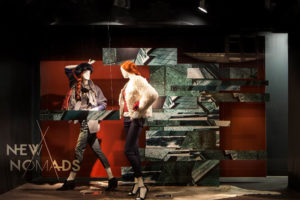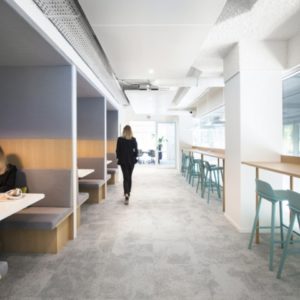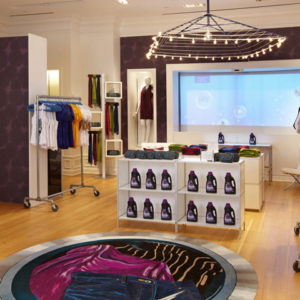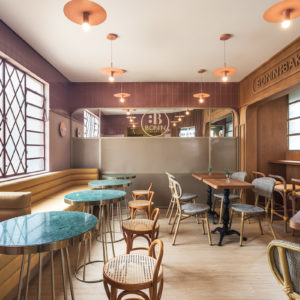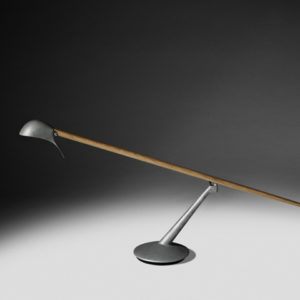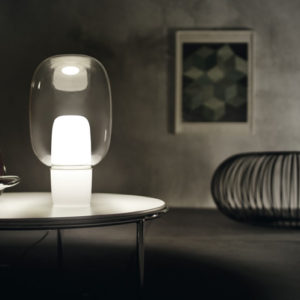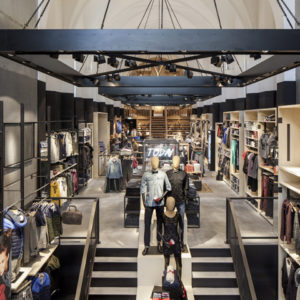
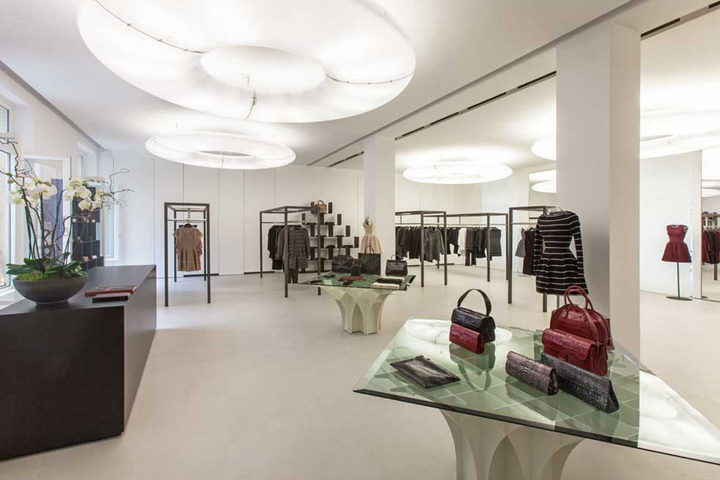

For the occasion of the Palais Galliera’s reopening exhibition devoted to Tunisian-born, Paris-based Azzedine Alaïa, the Musée d’Art Moderne de la Ville de Paris will have the couturier’s work on show in an emblematic room, the Salle Henri Matisse, accompanied by work of this Neo-impressionist painter from the permanent collection.

Alaïa’s dresses take their place beside Matisse’s compositions ‘La Danse Inachevée’ from 1931-33, ‘Lutte des Nymphes’ from 1931 as well as Daniel Buren’s ‘Murs de Peintures’ from 1995. The juxtaposition of both the painters and the couturier’s artistic practices highlights their creative affinities. The focus on shape, volume and material in the dresses echo the stylistic gestures of the artists who adapt, modify and search in a momentous surge of creativity, thereby de-compartmentalising the link between fashion and art. “There is no sense of present or future in Azzedine’s work,” said Olivier Saillard, the museum’s director and exhibition curator.

Paris Fashion Week also marked the launch of Alaïa’s new boutique with a minimalistic and futuristic decor in an 18th-century mansion on 5 Rue Marignan, just off Les Champs-Elysées, consisting of 14’000 square metres on four floors, each showcasing a certain part of his collections: accessories, day and evening wear and design objects by names such as Kris Ruhs, Marc Newson, Harry Bertoia or Charlotte Periand’s re-edition by Cassina. Should you be there in the summer, the courtyard is very pretty too.
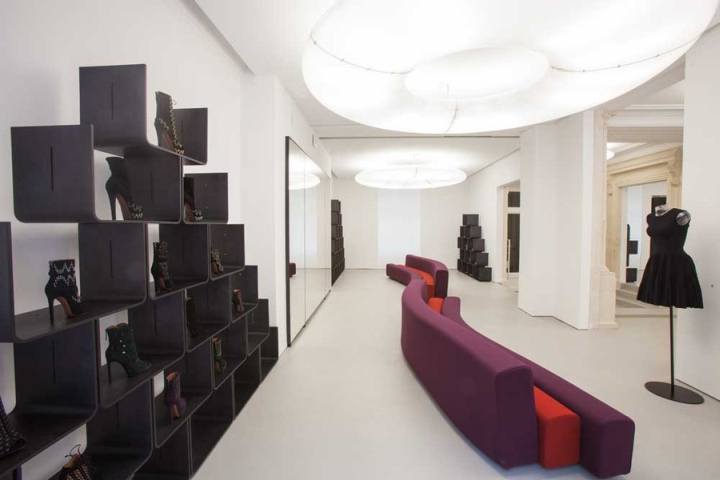
Before studying sculpture at the École des Beaux-Arts Tunis and becoming the personal couturier for a handpicked clientele in Paris, teenage Alaïa marvelled at the mystery of dresses by Dior and Balenciaga. In the 1950s, cocktail dresses and ball gowns seemed to be citadels of fabric. The future couturier constantly strove to understand their construction. As for his triumphant and sensual evening dresses, they have resolved the principles of moulding solely by the balance of cut.
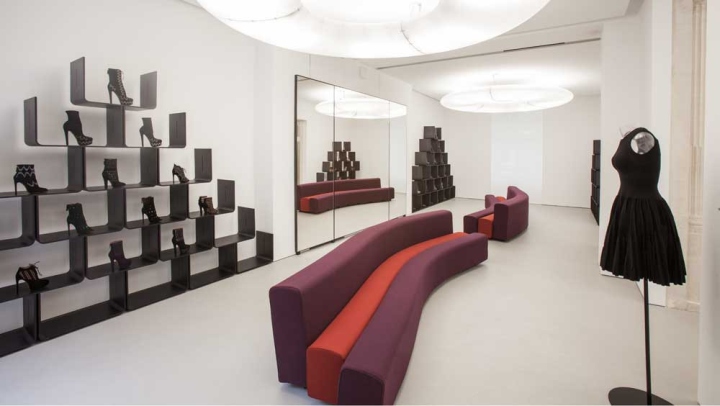
Encouraged by his friend Thierry Mugler, he presented his first signature collection in 1979, already adopting an approach to leather that rendered it more fragile and more sensual. His draping of bodies with jersey and stretch fabrics is an allusion to his sculpture studies. “When I’m working on a garment, it has to flow over the body, in profile and in back view,” the designer states. The exhibition runs until 26th January 2014.

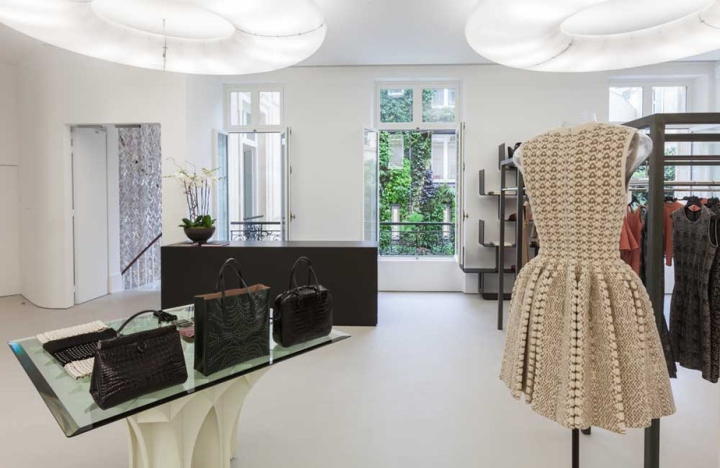
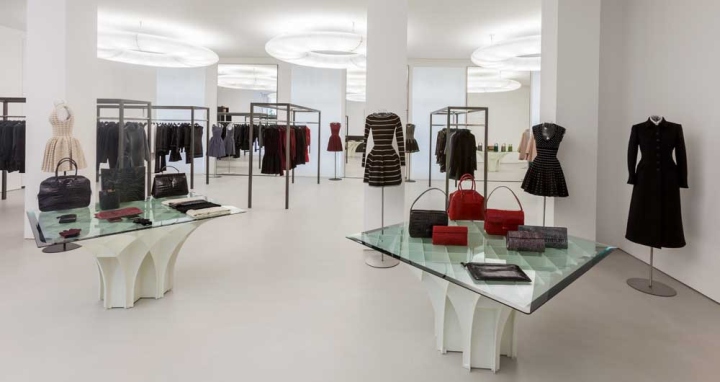

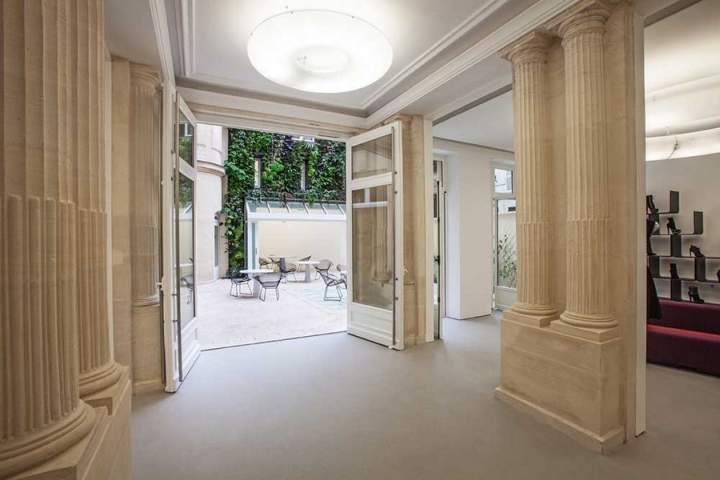

https://dash.allyou.net/1449265










Add to collection
